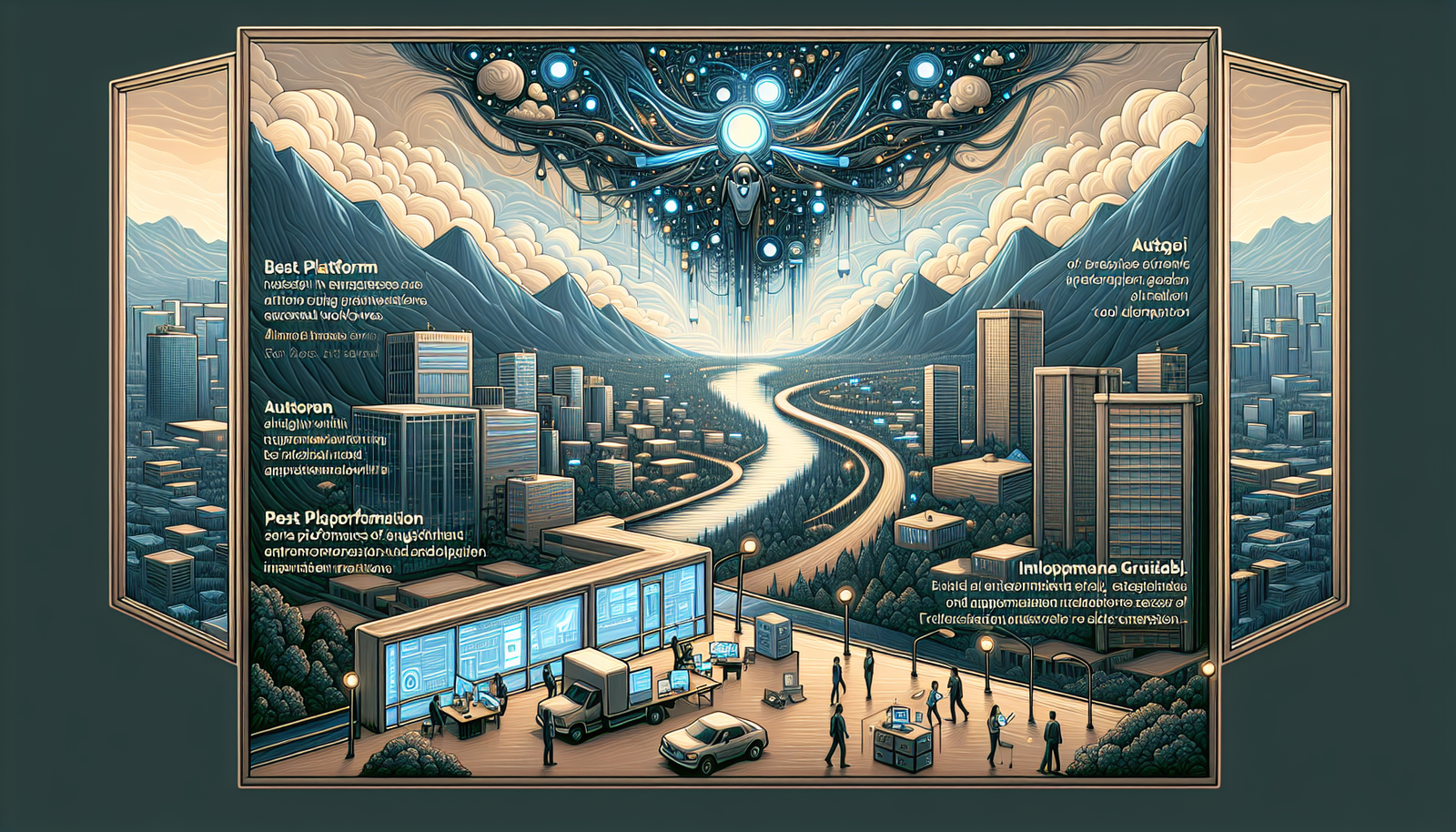Introduction: Deploying AI Agents at Scale
AI agent frameworks like CrewAI and LangGraph are enabling developers to deploy intelligent, multi-agent systems at scale. As organizations look to automate complex workflows, from research to customer service, deploying AI agents efficiently has become a top priority. This article explores how to combine CrewAI and LangGraph to build, compose, and deploy autonomous agents in production environments.
Why AI agent orchestration matters
Orchestrating multiple large language models (LLMs) through task specialization boosts performance and enables sophisticated capabilities like delegation, memory, and error correction. CrewAI and LangGraph simplify this via structured APIs and graph-based workflows.
Use cases for scaled AI deployments
- Automated research and report generation
- 24/7 intelligent customer agents
- Knowledge graph enrichment
- Workflow automation in SaaS tools
What is CrewAI and How Does it Work?
Overview of CrewAI architecture
CrewAI is a Python framework for designing AI agents with clearly defined roles who collaborate on goals. Each crew member is backed by an LLM and can autonomously interact with tools, external memory, and users.
Agent roles, memory, and tools
You can define agents like Researcher, Analyst, and Presenter, each with custom prompts, tools (e.g., browser, calculator APIs), and shared memory (e.g., using Redis or Pinecone).
Running your first CrewAI crew
Crews can be defined as YAML or Python objects. For example:
from crewai import Crew, Agent
crew = Crew(agents=[researcher, writer], goal="Write market whitepaper")
crew.kickoff("Generate report on 5G trends")
Introduction to LangGraph for Agent Workflows
How LangGraph models agent interactions
LangGraph lets developers define graph-like workflows that manage agent handoffs, memory flow, and decision logic — ideal for multi-step tasks involving several agents or tools.
Creating conditional logic with graph edges
You can define edges with custom routing logic to choose the next agent based on outputs. This makes LangGraph suitable for complex logic like retries, branching behavior, and multi-user inputs.
LangGraph vs LangChain: What’s different?
While LangChain builds linear chains of prompts and calls, LangGraph introduces conditional routing and persistent state via Nodes and Edges. It’s better suited for multi-agent, multi-turn workflows that require dynamic control flow.
Step-by-Step Tutorial: Deploying Agents with CrewAI + LangGraph
Step 1: Set up your environment
Install the required packages:
pip install crewai langgraph openaiStep 2: Define Agent roles in CrewAI
Create Python classes or instances for each role:
from crewai import Agent
reporter = Agent(role="reporter", tools=[web_search], memory=True)Step 3: Build a LangGraph workflow
Define a graph with nodes (functions or agents) and edges (transitions):
from langgraph.graph import StateGraph
workflow = StateGraph()
workflow.add_node("Plan", planner_fn)
workflow.add_conditional_edges("Plan", routing_logic)
Step 4: Add agents and endpoints
Bind the CrewAI agents into your LangGraph nodes or call them via wrappers. Endpoints can expose the workflow via FastAPI or Flask.
Step 5: Test and monitor your AI crew
Test the workflow using logs or LangGraph’s visual debugging tools. Use monitoring for latency and tool calls in production.
Best Practices and Optimization Tips
Managing latency and state
Use caching where possible and avoid redundant API calls. Persist relevant memory to fast-access backends like Redis.
Using memory with Pinecone or Redis
LangGraph and CrewAI both support embedding and state memory. Use vector databases like Pinecone for semantic search between agent calls.
Scaling considerations for production usage
- Deploy behind load balancers using Docker or Kubernetes
- Separate compute per agent if needed
- Benchmark token usage periodically
FAQ: Deploying AI Agents with CrewAI and LangGraph
Is CrewAI open-source?
Yes. CrewAI is available under an Apache license on GitHub and can be freely modified and used in commercial projects.
When should I choose LangGraph over LangChain?
Use LangGraph when you require conditional logic, persistent state, or multi-agent coordination that goes beyond linear chains.
Can I integrate external APIs with CrewAI?
Absolutely. CrewAI agents can be configured with custom tools that call external APIs or services via simple Python functions.
Focus Keyword: deploy AI agents at scale






